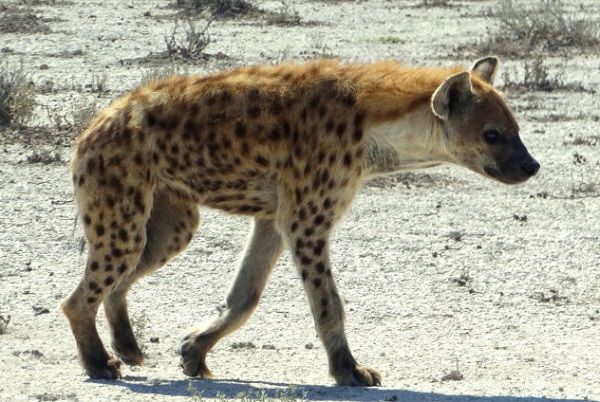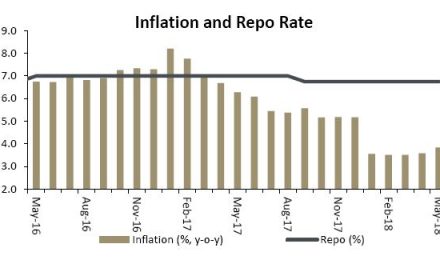
If there is no other solution for the desert horses, shoot the hyenas

The plight of the wild horses in the Namib Desert is grabbing everybody’s attention. These feral horses have been in the same area for over a century, turning into somewhat of a Namibian icon as the decades passed and they not only managed to survive, but actually procreate to the level where they became a sustainable wild horse community.
Much has been written and speculated about the wild horses’ true origin, how they were abandoned in their solitary environment and how they turned themselves into a viable population long before the Namib Naukluft Part was declared a national park and even before its eastern boundary was fenced.
These horses are extremely robust, displaying an endurance exceeding any of their equine relatives. Their build and gait remind me of working breeds that are typically selected for endurance like the Nooitgedachter. For many decades they have fended for themselves but their existence was at risk the first time the park’s eastern boundary was fenced off from the surrounding commercial farms. At that stage it was still the so-called Sperrgebiet or the Diamond Mining Area No 1.
The horses depended for their water intake on water points on farms to which they had to make regular forays. When the fence blocked this access, the borehole at Garub was turned into a watering point specifically for the horses, and they continued to thrive.
But fate was against them and as other conservation efforts in an independent Namibia restored many species which have disappeared from their former natural range, it also created a new predator against which the horses’ only defence was their agility and speed. Spotted hyenas which almost disappeared from the southern Namib, repopulated this area from further north, preying on the increased herds of gemsbok, springbok and ostrich.
Conditions changed substantially around 2013 when the South experienced a traumatic drought year. This has not relented in five years and much of the resident game moved to areas further north in the park. The result was that the hyenas took to the horses preying on the young and the weak, and as the Wild Horses Foundation has informed us, not a single foul has survived in the past five years. There is also a serious mismatch between the genders with less than a third of the 130 surviving individuals being female.
Many solutions are discussed but so far the only viable option was to bring the horses fodder from other locations. This works but it is costly and depends on the goodwill of wild horse supporters. This is not a long-term solution.
It has also been suggested to relocate the horses, all of them, to a place where they will not be subjected to hyena predation. For various reasons, not all of which I know, this is also deemed inappropriate.
Seeing that there are so many redundant stallions, perhaps the horse custodians should consider selling some to horse breeders particularly those who keep and breed horses for endurance competitions. With their 100-year history and natural selection, I assume the desert horses must carry the best genetics one can imagine. Some serious endurance competitors that I know will pay good money to get the wild horse genetics into their existing breeding animals. This money can then buy more fodder to keep feeding the original herd.
Of course, the auctioned animals will be lost for future generations of the wild horse as they will return to a domesticated state and their progeny will no longer be pure desert horse.
A second option would be to place small breeding groups with commercial farmers under the strict condition that the gene pool may not be contaminated from other domestic breeds. Since there are so few mares left, I think this will end the presence of the desert horses at Garub, but only for an interim period. When conditions in the desert have improved, a new stock of wild horses can be relocated back to where they came from, using the offspring of the survival groups placed on private farms.
Then of course, there are some radical solutions, but few people will have the stomach for this. One is to re-introduce lions to the southern Namib. Lions prey on hyena pups and hyenas prey on lion cubs, so these two competing predators should keep each other in check.
If all else fails, and if the horses carry some value in the eyes of conservation officials, the only lasting solution is to shoot all the hyenas. I assume this would be deemed illegal since the hyenas are a natural species and everything in the national park is protected.
Perhaps the deciding factor will be commercial value. If so many tourists go the Garub area just to see the horses, then there is some merit to help them survive. I have never heard of anybody driving from Aus to Lüderitz to go see spotted hyenas. Brown hyenas, yes, the shaggy cousin but not the spotty scoundrel. For these, people go to Etosha or Khaudom.
It will be a sad day when the last desert horse dies. It will mark the end of a century-long story of endurance, adaptation and survival. It is such a typical Namibian story.










































